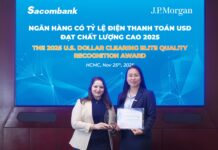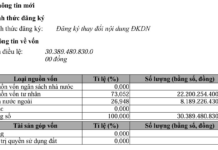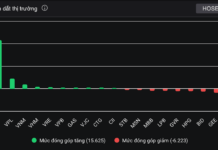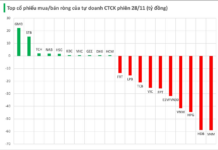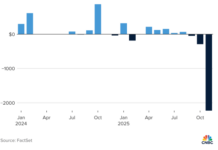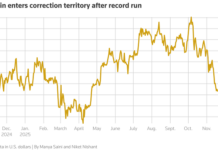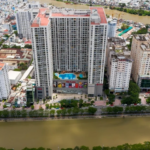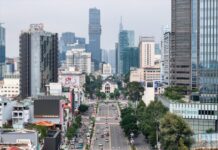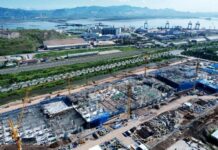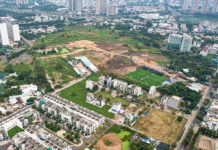According to data analysis by CBRE, the demand for real estate in Ho Chi Minh City remains robust. However, limited project launches and high property prices have constrained overall demand.
Low supply is the main reason for the continuous rise in Ho Chi Minh City’s property prices. Ms. Dung, a CBRE expert, points out that the gap between land property prices and local workers’ income has widened to 176 times, making home ownership unattainable for many.
In the first half of this year, the primary selling price of land property in Ho Chi Minh City reached VND 300 million per square meter, while the secondary price was around VND 160 million. With these prices, a typical land property of 100 square meters would cost VND 30 billion, and even a smaller 50-square-meter property would start at VND 15 billion.
“With the average income of Ho Chi Minh City and Southeast region workers at only about VND 170 million per year, owning such land property is nearly impossible,” emphasized Ms. Dung.

Ms. Duong Thuy Dung points out the irrationality of real estate prices in the city center and the shift towards neighboring areas.
Savills experts agree that these barriers have encouraged homebuyers to look beyond Ho Chi Minh City to neighboring areas, offering more affordable housing options. Buyers now have a wider range of choices that suit their financial capabilities.
CBRE leaders acknowledge that investors have noticed the unreasonable prices of real estate in the city center and are moving towards peripheral areas. Improved infrastructure and rapid decentralization have prompted developers to focus on satellite towns around Ho Chi Minh City, creating more financially accessible projects.
Long An and Can Tho, in particular, have witnessed high immigration rates. Abundant land resources, suitable investment costs, proximity to Ho Chi Minh City, and enhanced connectivity have presented these areas with favorable opportunities. “Projects located 10 kilometers from Ho Chi Minh City’s center are priced at VND 200-300 million per square meter, and those farther out, between 20-30 kilometers, are half the price. Properties 40 kilometers away cost a quarter of the price of similar real estate in the city center,” Ms. Dung explained.
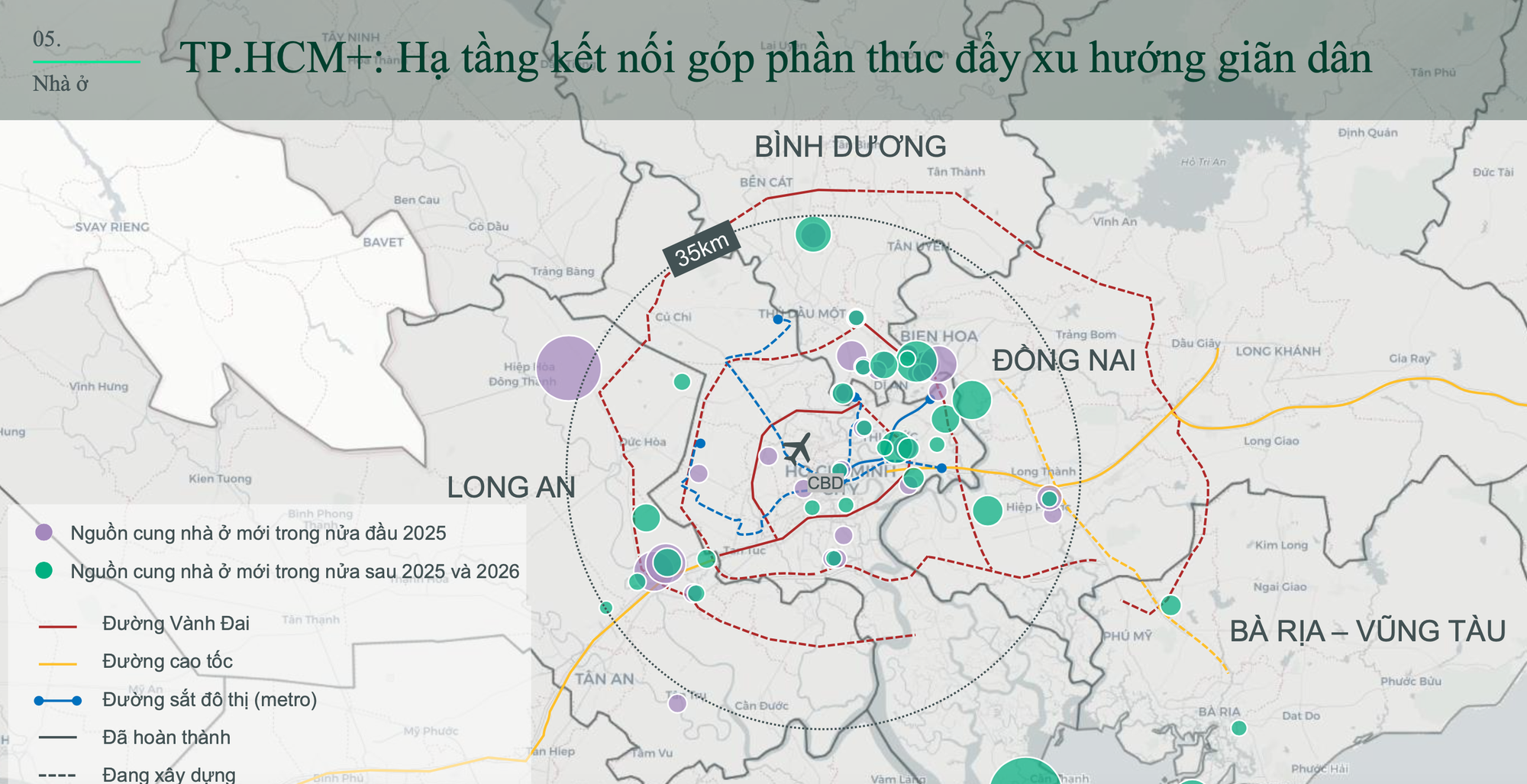
Improved infrastructure has facilitated decentralization from the city center to satellite towns. Data source: CBRE.
In the next three years, real estate in Long An (now Tay Ninh), Binh Duong (now part of Ho Chi Minh City), and Dong Nai is expected to replace Ho Chi Minh City as the primary source of supply. These areas have been attracting significant investment from both developers and individual investors in recent years. They also directly benefit from the southern region’s infrastructure and beltway developments.
Indeed, large-scale urban area projects ranging from hundreds to thousands of hectares, including houses, villas, apartments, and land plots by prominent companies such as Vingroup, Nam Long, T&T, Ecopark, Him Lam, and Phu My Hung, have transformed the satellite towns’ landscape. Moreover, diverse offerings have provided buyers with more suitable options compared to the city center.
In Tay Ninh, for instance, large-scale projects like Vinhomes Green City (nearly 200 hectares), Waterpoint (355 hectares), T&T City Millennia (over 260 hectares), and Vinhomes Phuoc Vinh Tay (over 1,000 hectares) are energizing the local market, witnessing positive demand from both owner-occupiers and investors. Similarly, several urban area projects in Dong Nai, such as Izumi City (170 hectares), Aqua City (1,000 hectares), SwanBay (200 hectares), and The Viva City, are addressing the long-standing shortage of housing supply in Ho Chi Minh City.
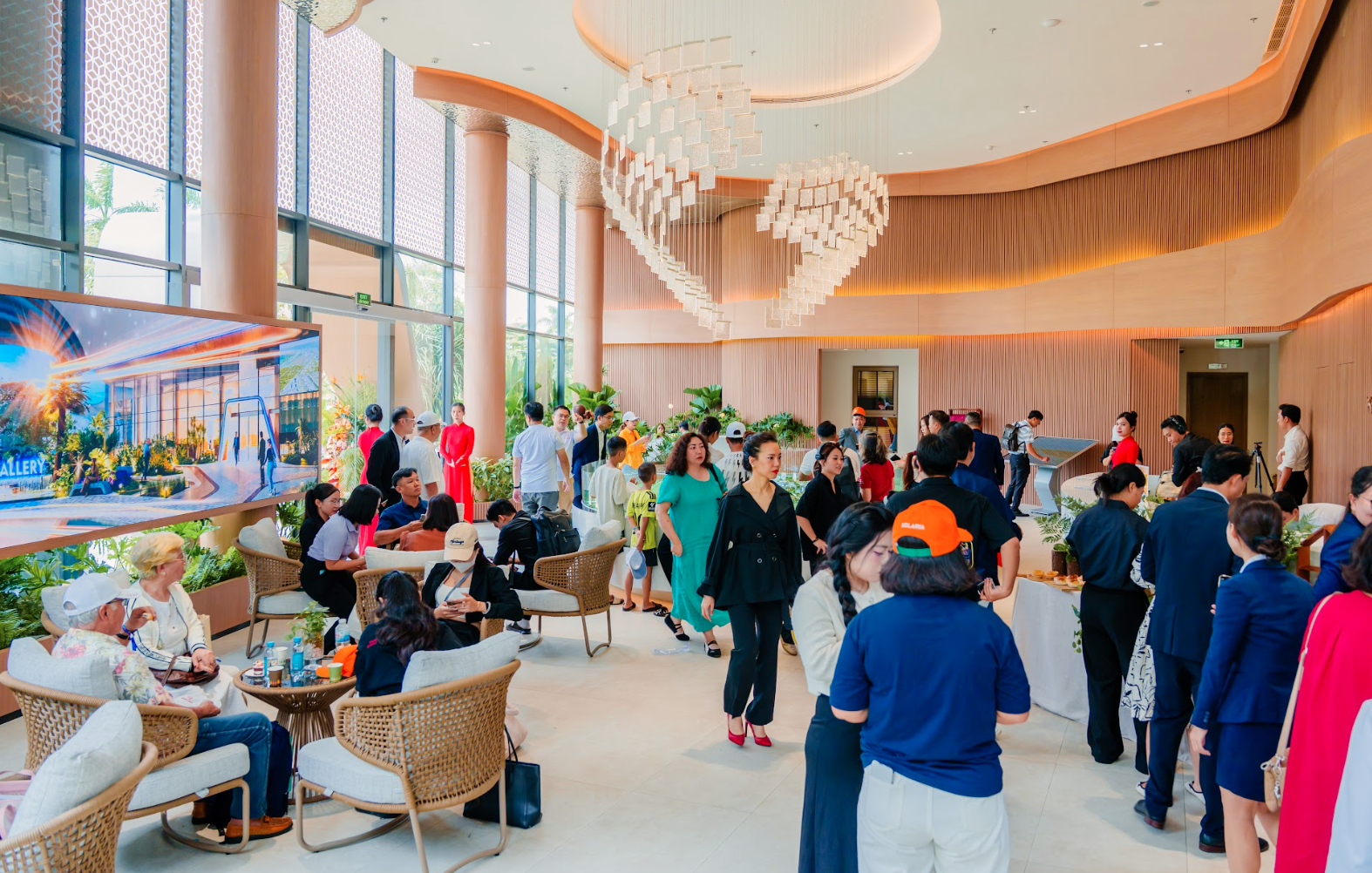
Integrated urban areas will be the main trend in the real estate market in the coming time. Illustration photo.
According to Ms. Duong Thuy Dung, before 2013, the housing supply was mainly concentrated in Ho Chi Minh City, with a few small projects in the old Binh Duong and Dong Nai. From 2014 to 2025, developments flourished along the beltway (Belts 2, 3, and 4 of Ho Chi Minh City). Today, numerous real estate projects are present in the satellite towns, leveraging infrastructure improvements and the metro system. These integrated urban area projects have recorded satisfactory absorption rates, including investment demand from the North.
The Ultimate Shopping Haven: Ho Chi Minh City’s Patriotic Shopping Spree for the National Holiday
The city of Ho Chi Minh is buzzing with excitement as shopping malls and entertainment venues deck themselves out in vibrant red and gold decorations to celebrate the upcoming 2/9 holiday. With discounts of up to 80% off, these venues are pulling out all the stops to attract shoppers and create a festive atmosphere during this extended holiday weekend.
Masterise Group: Elevating Living Standards Through Private Enterprise, Contributing to Nation-Building
As Vietnam’s urban landscape undergoes a transformative phase, the concept of “standard of living” is no longer a distant dream. It is being shaped, day by day, by businesses that understand the importance of balancing long-term responsibility and vision with economic interests – and Masterise Group is leading the way.
Shophouse Vlasta – Sam Son: Versatile Functionality, Long-term Profitability
Nestled within an international beachfront resort complex, Vlasta – Sam Son shophouses offer a rare investment opportunity in a market poised for robust growth. With their prime location, these shophouses boast long-term legal ownership and flexible utilization options, presenting a unique prospect for those seeking to capitalize on the area’s burgeoning potential.







